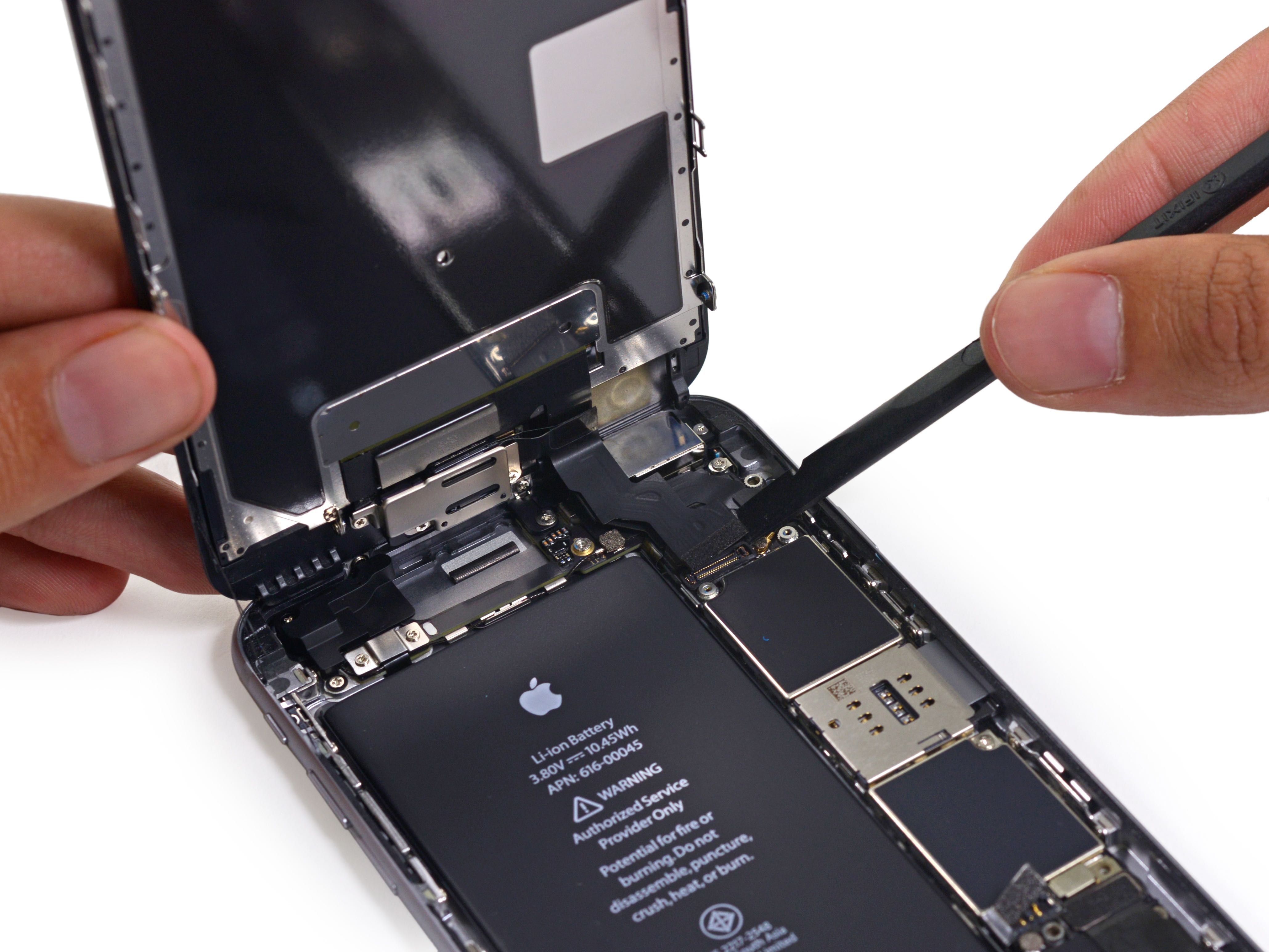Taiwanese component makers are currently scrambling to fulfill orders as the Cupertino firm is getting ready to kick off production of this year’s upcoming iPhones and iPads.
Moreover, Apple’s engineers should now be close to completing work on a 2017 iPhone and have certainly been developing a 2018 iPhone for some time now.
Trade publication DigiTimes wrote in a new report that Taiwan Semiconductor Manufacturing Company Limited (TSMC), a foundry that builds chips for Apple, has now taped out an Apple-designed ‘A11’ chip that will power 2017 iPhones and iPads.
“TSMC is expected to achieve certification on its ten-nanometer process in the fourth quarter of 2016 and deliver product samples to the customer for validation in the first quarter of 2017,” reads the article.
What does “taping out” refer to?
In semiconductor talk, “taping out” refers to the completion of a chip’s initial design, paving the way for the creation of so-called photomasks that will be used to print the actual chips. This is an important milestone in chip production as taped out designs allow semiconductor makers to kick off the verification and test production phases ahead of mass production.
If all goes well, TSMC could begin small-volume production for A11 chips as early as the second quarter of 2017, but don’t write off Samsung yet—the South Korean conglomerate is still going to obtain about one-third of the overall A11 chip orders from Apple, as per DigiTimes’ sources.
A11: faster, smaller and more power efficient
Not much is known of the kind of power that the A11 chip will bring to next year’s iOS devices. DigiTimes states that these chips will be fabbed on TSMC’s ten-nanometer FinFET process. By comparison, the current generation A9 chip inside the iPhone 6s is being built on TSMC’s 16-nanometer and Samsung’s 14-nanometer process technology.
The ten-nanometer FinFET process is a state-of-the-art technology that has yet to be used in mass production of mobile chips. It will result in smaller semiconductor dies which consume less power and run faster than the chips built on 14 and 16-nanometer processes.
Photo courtesy iFixit.
Source: DigiTimes
